Design and Development of Nature-Inspired Optical Nanosensors
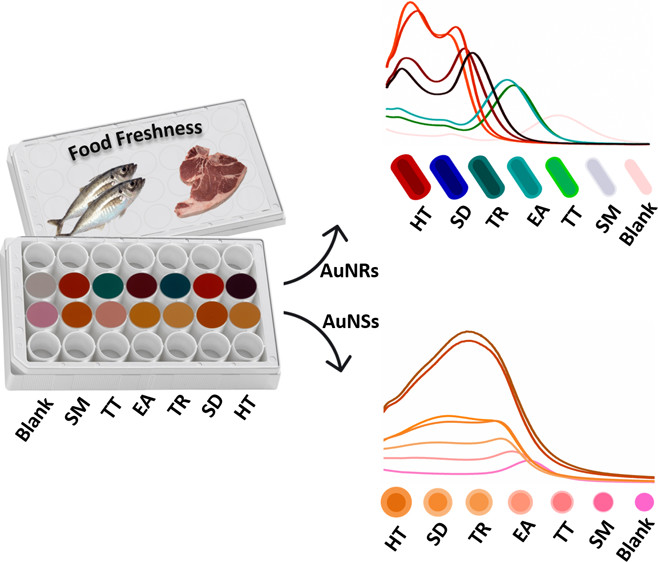
Plasmonic Nanostructures
Plasmonic nanomaterials present attractive and unique optical properties thanks to their localized surface plasmon resonance (LSPR). The LSPR behavior of plasmonic nanomaterials highly depends on the composition, size, shape, as well as the dielectric constant of the surrounding medium. This unique feature of plasmonic nanomaterials underlies sharp-contrast rainbow colors which are quite advantageous for colorimetric applications. Hence, synthesis of structurally-defined plasmonic nanomaterials with controlled crystallite size, crystal shape, composition, and overall architecture is quite important for tailoring their optical properties. As a major part of our research we work on the controlled synthesis and modification of various gold (Au) and silver (Ag) nanostructures such as nanorods and nanospheres for potential colorimetric applications.
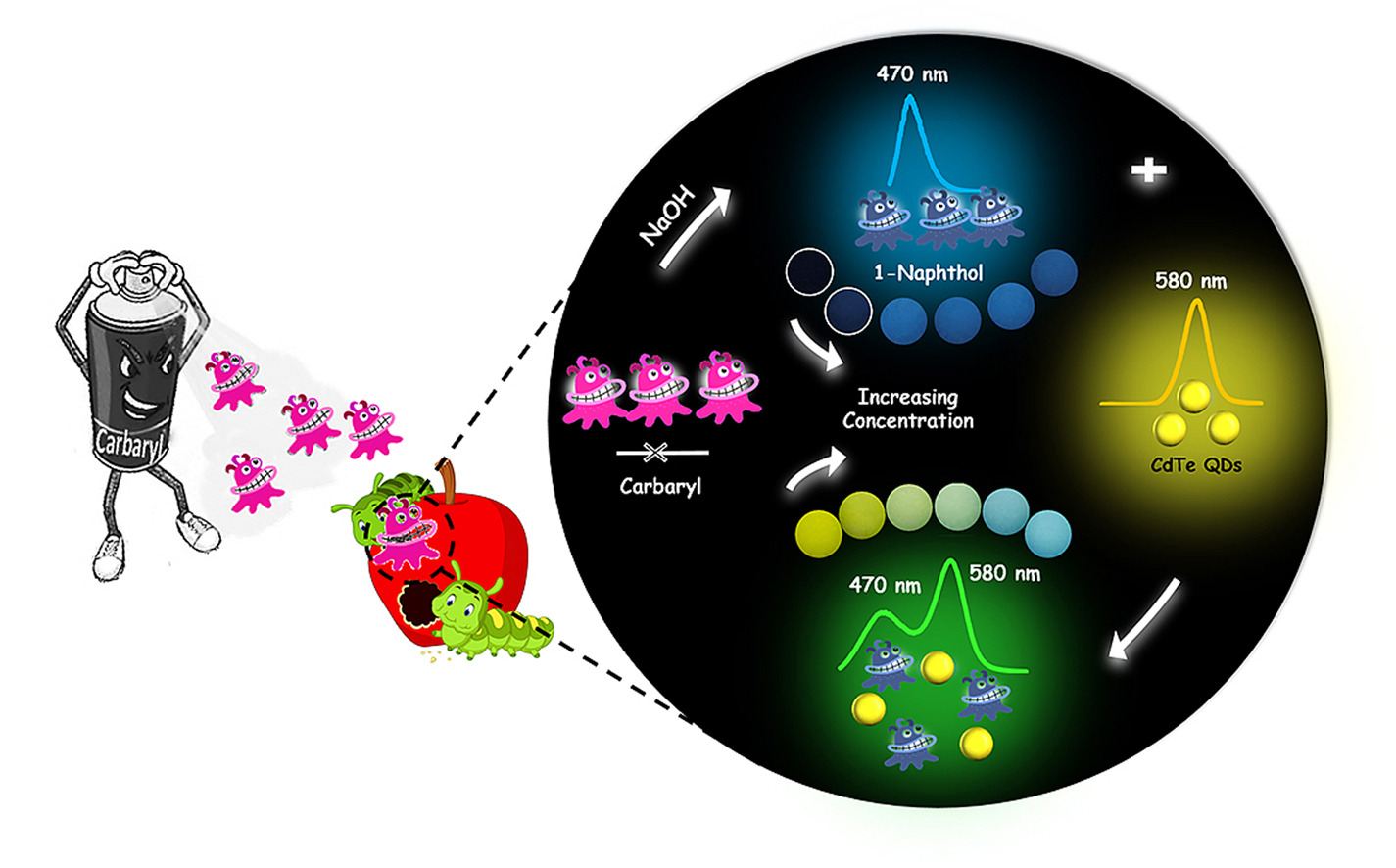
Fluorescent Nanomaterials
Fluorescent nanomaterials with tunable optical properties are important functional materials in design and development of high throughput sensing strategies. The fluorescence behavior of these nanomaterials majorly relies on their physical parameters comprising crystallite size, shape, composition, and architecture. Tremendous achievements have been made regarding the synthesis of structurally well-defined nanomaterials with rainbow emission colors and analyte-responsive chemical structures. We particularly work on the synthesis and modification of carbon-based quantum dots as well as some inorganic quantum dots e.g. CdTe with our desired chemical properties and photophysical behavior.
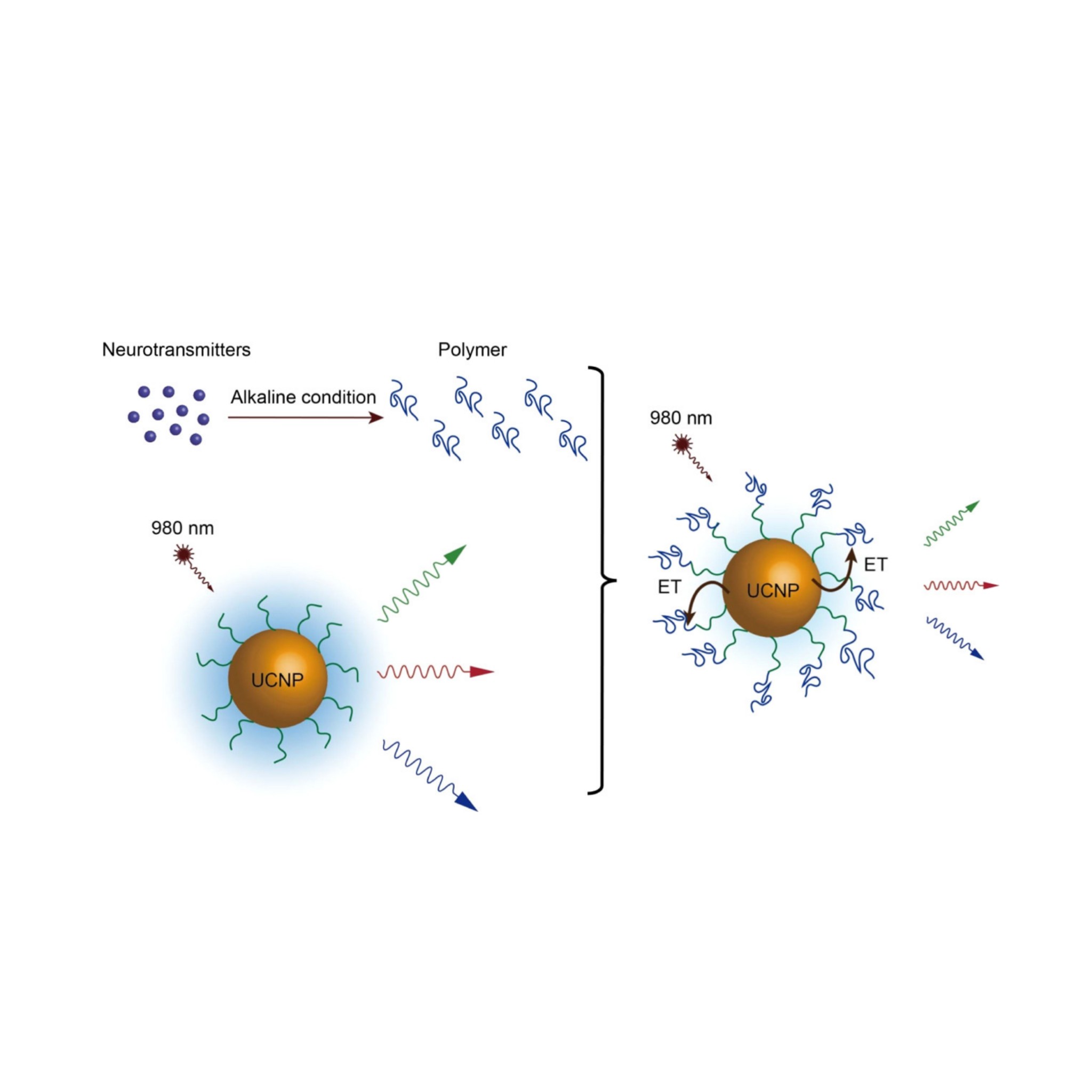
Upconversion Nanoparticles
Upconversion nanoparticles utilize sequential absorption of multiple photons through the use of long lifetime and ladder-like energy levels of trivalent lanthanide ions embedded in an inorganic host lattice to produce higher energy anti-Stokes luminescence. It thereby converts two or more low-energy excitation photons into shorter wavelength emissions (e.g., NIR, visible, and UV). Through judicious selection of lanthanide dopants, upconversion luminescence color can be tuned over a wide spectral range. The vivid optical properties of these nanoparticles are so attractive for design of various sensing strategies. We work on the synthesis of these nanoparticles with desired surface chemistry and emission behavior for detection of different bioanalytes.
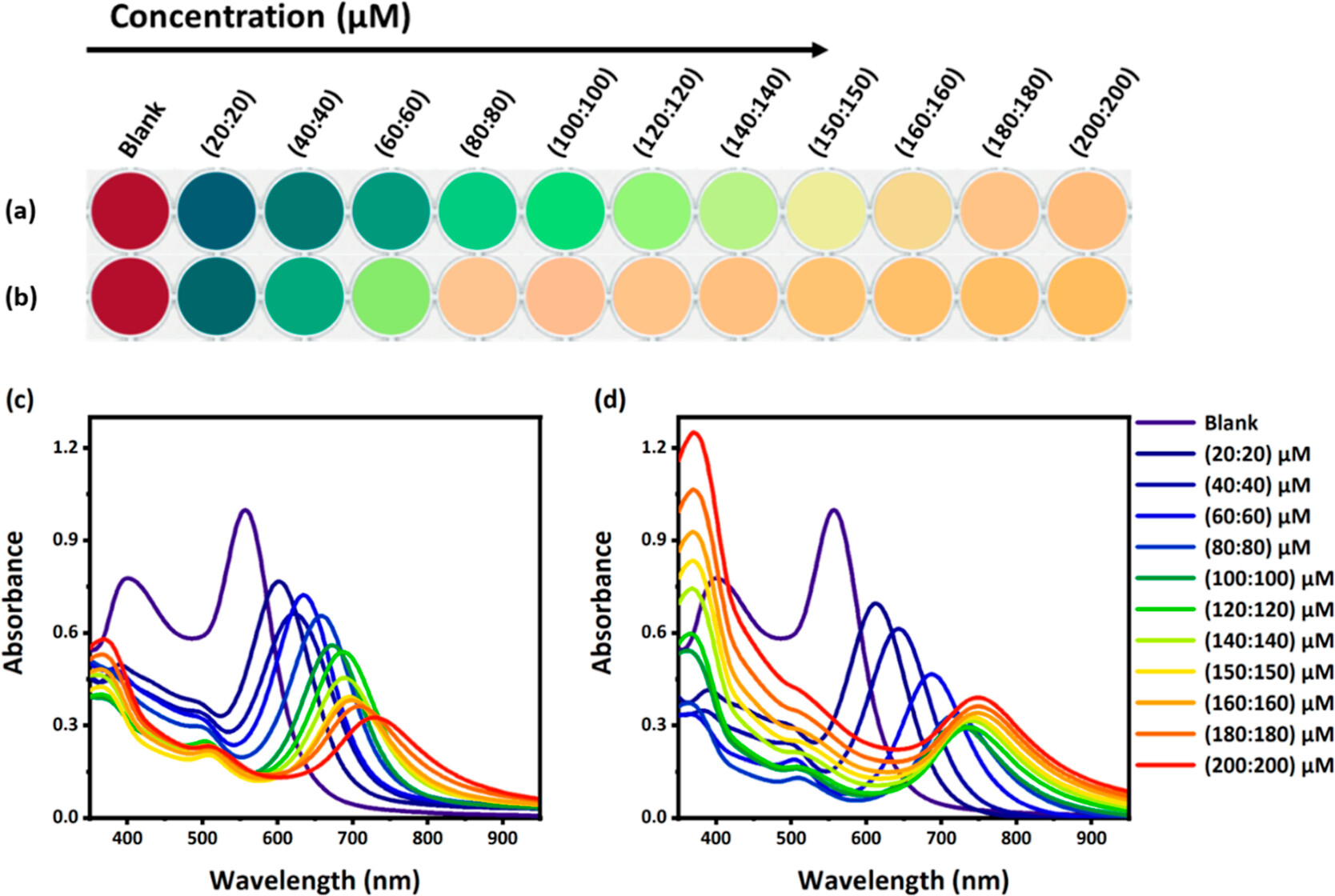
Colorimetric Sensing
Colorimetric sensors are a class of optical sensors that exhibit color variations when exposed to an external chemical stimuli. Colorimetric sensing has become popular and widespread in recent years owing to high accessibility, ease of fabrication, and low cost together with sensitive and selective response toward various analytes including metallic cations, anions, organic dyes, drugs, pesticides and other toxic pollutants. As a major part of our research, we specialize in design and development of colorimetric sensors based on analyte-sensitive optical properties of various plasmonic nanostructures ranging from spherical gold and silver nanoparticles to anisotropic gold nanorods and silver nanoprisms.
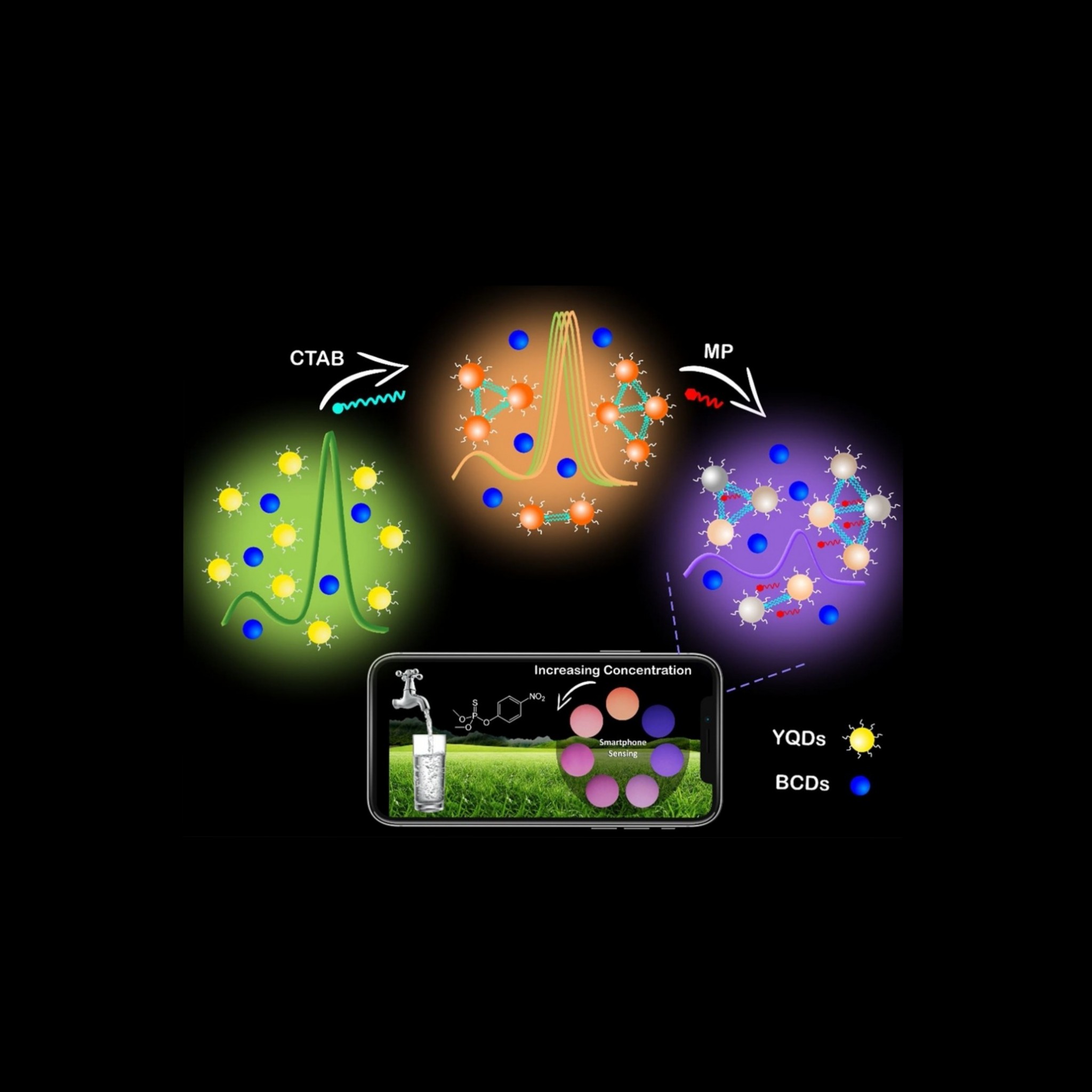
Fluorometric Sensing
Fluorescence sensing is a rapidly developing field of research thanks to its exceptional sensitivity and versatility allowing detection of nearly the whole world of natural and synthetic compounds which biomarkers, environmental pollutants, and pharmaceutical drugs are just to name a few. The applications of this strategy range from controlling the industrial processes to environmental monitoring and clinical diagnostics. The basic mechanism of sensing is based on following the variations of a fluorescence characteristic, either emission intensity or wavelength, upon interaction of the target molecule with a molecular fluorescent probe or nanoparticle. A major part of our research is devoted to design and development of high throughput multi-color fluorescence probes based on various fluorescent nanomaterials e.g. CdTe and carbon QDs for accurate detection of the analytes.

Optoelectronic Tongue
Inspired by the mammalian olfactory and gustatory systems, researchers have developed sensor array strategy (so-called optoelectronic tongue/nose) that paves the way for the differentiation of species with high structural similarity. Contrary to the lock-and-key sensing mode, which requires specific receptors, this approach benefits from artificial arrays of cross-reactive sensor elements to produce distinctive patterns unique for each analyte. The analysis of the obtained patterns by the multivariate algorithms of machine-learning techniques reveals the identity and the concentration of the analyte, allowing the simultaneous detection of multiple analytes. For over years, we have been working on utilization of fluorescent and plasmonic nanomaterials in design of robust colorimetric sensor arrays.
Application of Machine-Learning Techniques in Array-Based Sensing

Pattern Recognition
Pattern recognition is a mature but exciting and fast developing field, which is akin to machine learning and has found promising application in fast emerging areas of science such as chemical sensing. Pattern recognition aims to identify patterns in data, and then use those patterns to make predictions, categorize information, and improve decision-making using computer algorithms. As a pivotal part of our research we take advantage of different pattern recognition algorithms such as PCA, HCA, LDA, PLS-DA, etc. to study and exploit the utmost potential of our sensors in qualitative analysis.
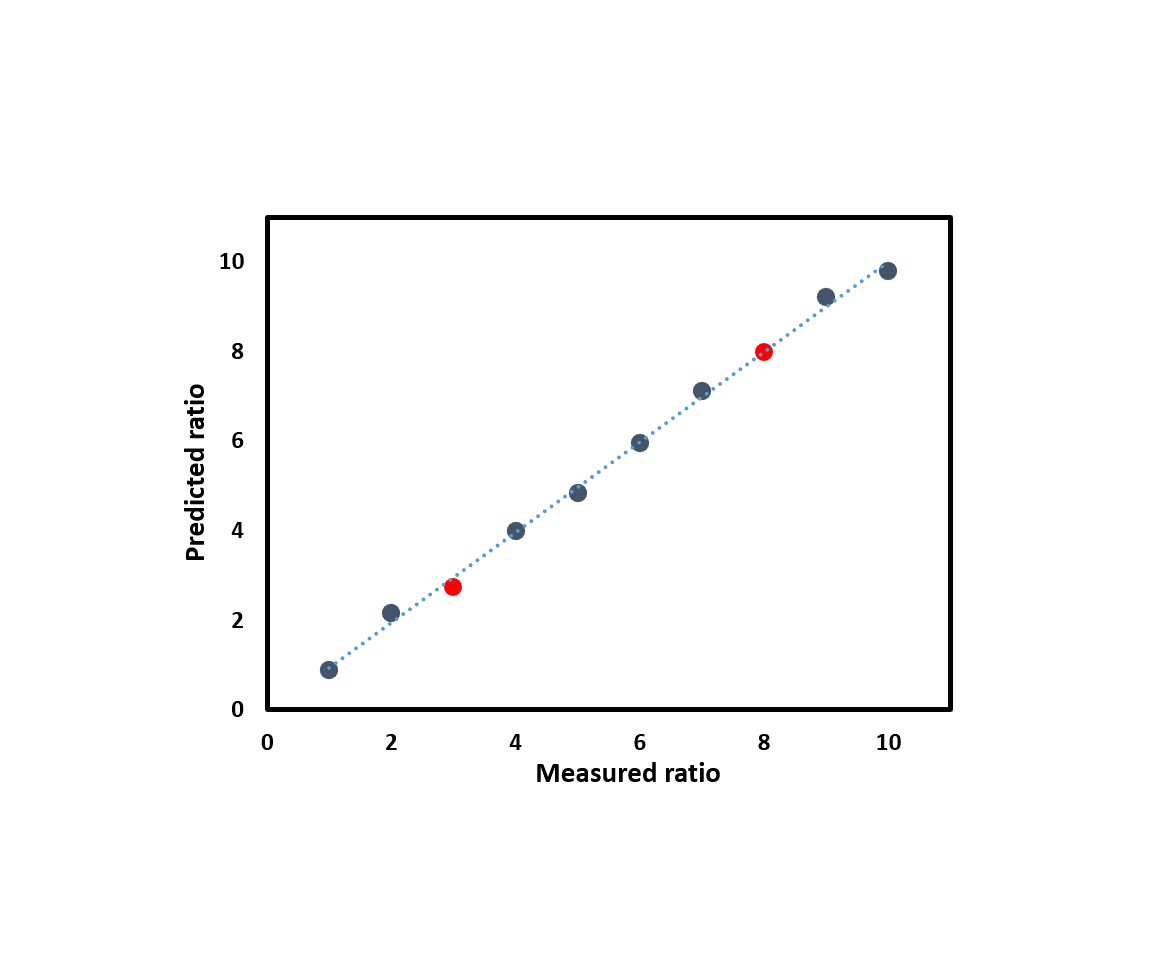
Multivariate Regression
Alongside pattern recognition, regression is one of the main applications of machine learning. Regression investigates the relationship between the independent variables and the dependent variables to plot a line of the best fit through the data points. Based on the implemented regression algorithm, the obtained model is used to make continuous predictions. In addition to the univariate classical calibration, we take advantage of multivariate regression algorithms such as PLSR to study and employ the capability of our sensors in quantitative analysis.
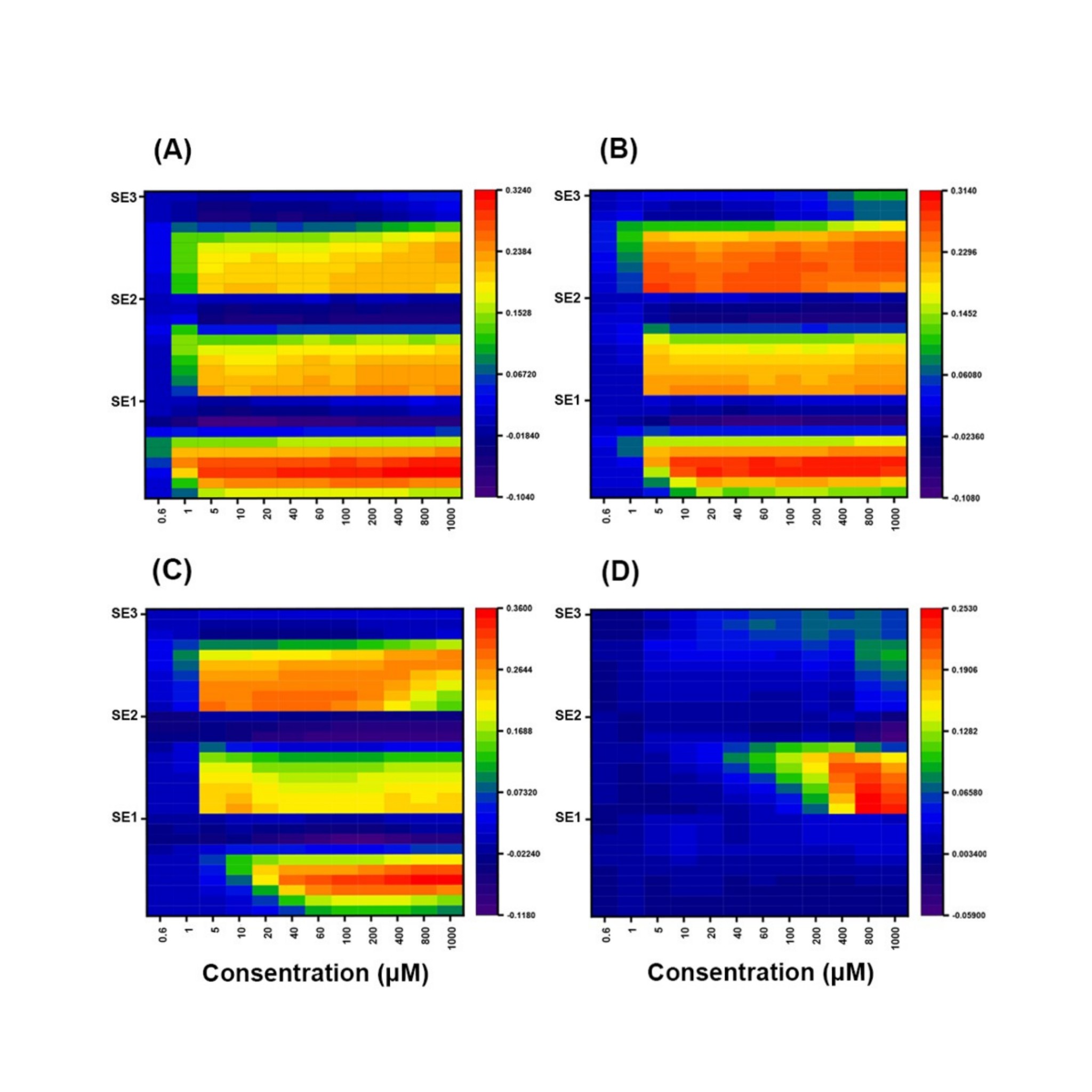
Data Visualization
Data visualization is the practice of translating information into a visual context, such as a map or graph, to make data easier for the human brain to understand and pull insights from. The main goal of data visualization is to make it easier to identify patterns, trends and outliers in large data sets. This technique become even more vital when it comes to the multivariate systems of array-based sensing strategies. To this end, we resort to various tools including heat maps, PCA or LDA score plots, HCA dendrograms, as well as color difference maps to visualize our high dimensional sensory data.